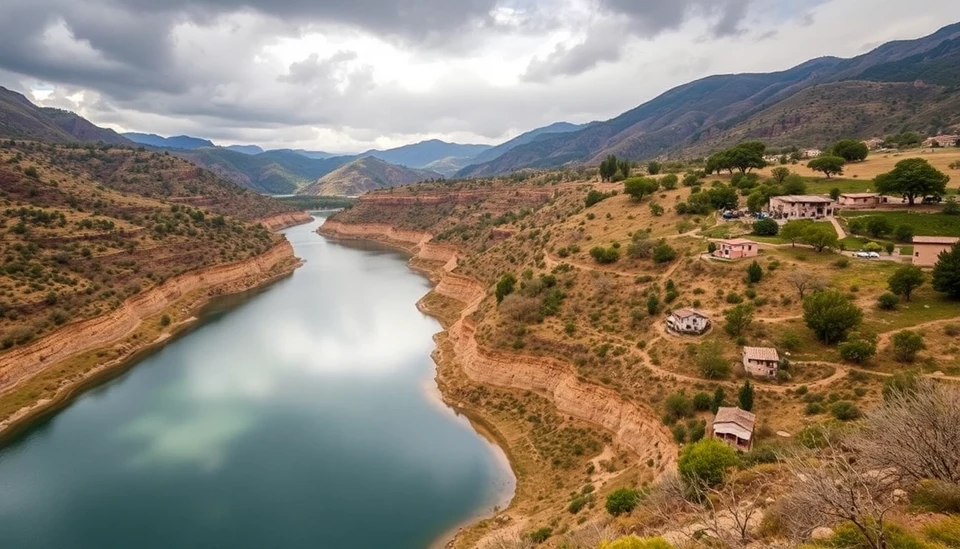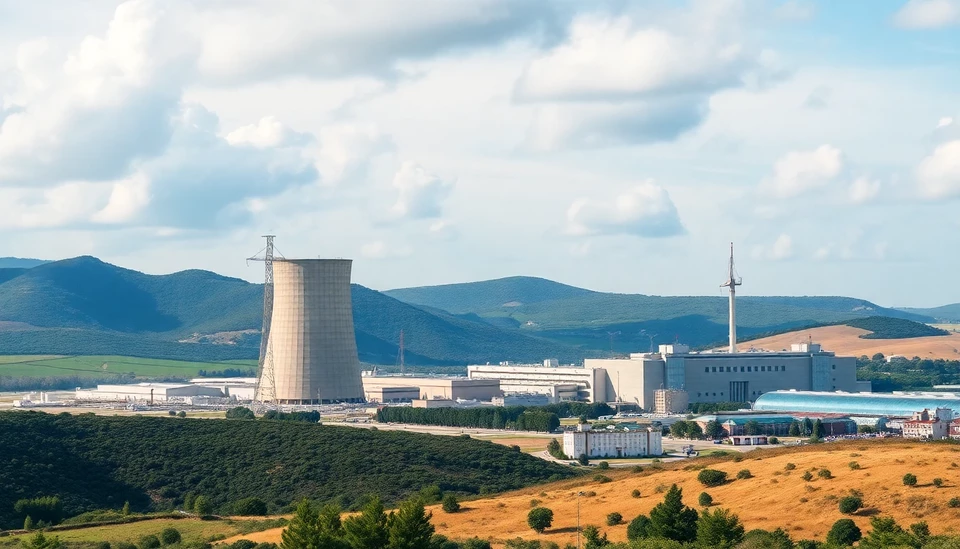
Spain has recently witnessed a series of vigorous storms that have significantly replenished its vital reservoirs, offering a much-anticipated respite from what has been labeled the nation’s worst drought in decades. These torrential rainfalls not only contribute to the aesthetic charm of the Spanish landscape but also play a crucial role in addressing the ongoing water crisis that has severely impacted agriculture and drinking water supplies throughout various regions.
Reports from the Spanish meteorological agency indicate that rainfall levels have surged to nearly double the seasonal average in numerous areas, with some regions experiencing an influx of over 100 liters per square meter in just a few days. This extraordinary level of rainfall comes as a beacon of hope as Spain grapples with an arid climate exacerbated by a changing environment. The drought had left many reservoirs alarmingly low, which raised urgent concerns about the sustainability of water resources essential for both people and crops.
The Central and Southern regions of Spain have benefitted immensely from these storms, with reservoirs gaining substantial water levels as a direct result. Notably, the Guadalquivir River, one of the primary water sources in southern Spain, has seen its capacity restore significantly, providing relief to local farmers who feared the possibility of crop failures. Local agricultural authorities have expressed optimism as they anticipate that the newly increased water levels may allow irrigation efforts to resume more effectively, helping to bolster the agricultural cycle that was threatened by the prolonged drought.
However, despite the recent precipitation, climate experts caution against premature celebrations. They emphasize that while the storms have indeed provided a temporary solution to water scarcity, Spain continues to face long-term challenges related to climate change. With predictions suggesting that droughts may become an increasingly common occurrence, it is essential for policymakers and local communities to engage in sustainable water management practices to ensure that these reservoirs remain viable in the future. The combination of extreme weather variations and the realities of climate change necessitates a strategic approach to water resource governance.
Water management experts are now advocating for a reevaluation of agricultural practices, encouraging farmers to adopt techniques that conserve water and improve irrigation efficiency. This could include the usage of drought-resistant crop varieties, advanced irrigation systems, and rainwater harvesting methods. Citizens and businesses alike also have critical roles to play in water conservation as Spain seeks to navigate the dual challenges of drought and water overuse. Public awareness campaigns and community engagement are seen as vital in promoting responsible water use and stewardship.
In conclusion, while the storms that have swept through Spain are a welcome relief for the nation’s reservoirs and agricultural landscape, they underscore the pressing need for long-term strategies in the face of climate instability. With sustainable practices and community efforts, there is hope that Spain can turn this moment of respite into a foundational shift towards a more resilient water future.
#Spain #Drought #WaterManagement #ClimateChange #Agriculture #Reservoirs #SustainablePractices #Storms #WeatherUpdates
Author: Sophie Bennett




